Home>Garden Essentials>When Should You Plant Cucumber Seeds
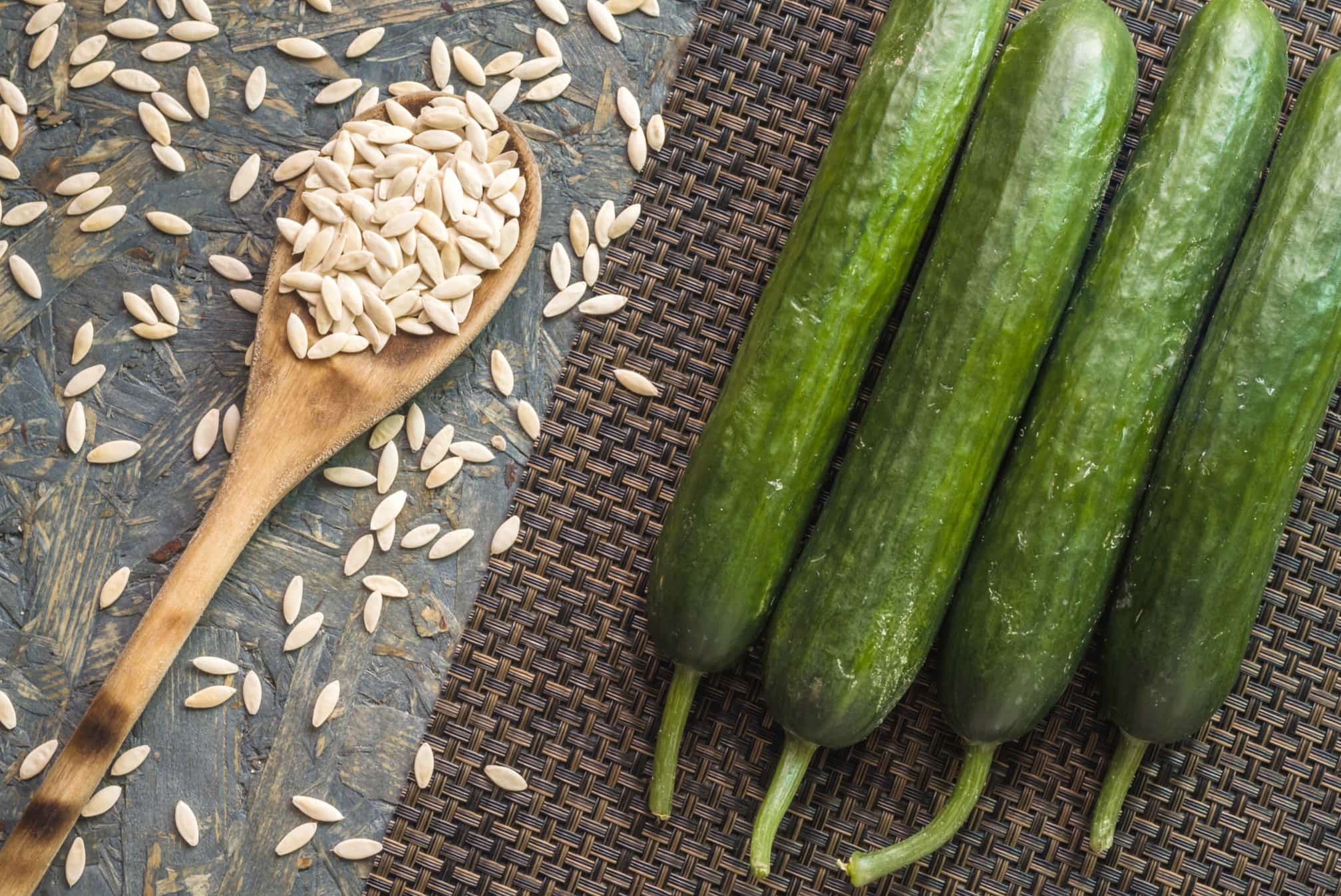

Garden Essentials
When Should You Plant Cucumber Seeds
Modified: March 24, 2024
Learn when is the best time to plant cucumber seeds in your garden and enjoy a bountiful harvest of homegrown cucumbers.
(Many of the links in this article redirect to a specific reviewed product. Your purchase of these products through affiliate links helps to generate commission for Storables.com, at no extra cost. Learn more)
Introduction
Planting cucumber seeds is an exciting endeavor for gardeners looking to add fresh, crisp cucumbers to their summer harvest. Cucumbers are not only delicious and refreshing, but they also offer a host of health benefits. Whether you are a seasoned gardener or a beginner, knowing when and how to plant cucumber seeds is key to achieving a successful harvest.
Before you dive into the world of cucumber gardening, there are several factors to consider. From optimal planting temperatures to soil preparation and planting methods, understanding these essential elements will ensure that your cucumber plants thrive.
In this comprehensive guide, we will explore the best practices for planting cucumber seeds. We will discuss the optimal temperature for planting, provide tips for soil preparation, outline the ideal timeframe for planting cucumber seeds, and detail various planting methods. Additionally, we will delve into the care and maintenance required for healthy cucumber plants and offer guidance on when and how to harvest cucumbers.
So, whether you are planning to grow cucumbers in your backyard garden, raised beds, or containers, this article will provide you with the knowledge and confidence to plant cucumber seeds at the right time and in the right way. Let’s get started!
Key Takeaways:
- Plant cucumber seeds in warm soil (70-95°F) and provide ample sunlight, water, and space. Consider companion planting and monitor for pests to ensure a successful harvest.
- Harvest cucumbers at the right size, color, and firmness. Store them in the refrigerator and save seeds for future planting. Enjoy the fruits of your labor in salads, sandwiches, or pickles!
Read more: When Do You Plant Cucumber Seeds
Factors to Consider for Planting Cucumber Seeds
Before you start planting cucumber seeds, it is important to consider a few key factors that can greatly impact the success of your crop.
1. Sunlight: Cucumbers thrive in sunny locations, so it is crucial to choose a spot in your garden where they can receive at least 6-8 hours of direct sunlight every day. Lack of sunlight can result in weak and leggy plants, while ample sunlight encourages healthy growth and abundant fruit production.
2. Soil Quality: Cucumbers prefer well-drained soil that is rich in organic matter. Prior to planting, amend the soil with compost or well-rotted manure to improve its fertility and drainage. A pH level of 6.0 to 7.0 is ideal for cucumber plants.
3. Watering: Cucumbers have high water requirements, so make sure to provide regular and consistent irrigation throughout the growing season. Avoid over-watering, as excessively wet soil can lead to fungal diseases. Mulching around the plants can help retain moisture and reduce weed competition.
4. Space: Cucumber plants need ample space to spread and grow. Consider the mature size of the cucumber variety you are planting and space the plants accordingly. For vining varieties, allow 3-4 feet between plants, while bush varieties can be planted 1-2 feet apart.
5. Companion Planting: Some plants can help repel pests or improve the growth of cucumbers. Consider companion planting with herbs like dill or marigolds, which can deter pests and attract beneficial insects.
6. Pests and Diseases: Cucumbers are susceptible to common garden pests like aphids, cucumber beetles, and powdery mildew. Monitor your plants regularly and take preventive measures like applying organic insecticides or using row covers to protect the young seedlings.
By taking these factors into account, you can create an optimal environment for your cucumber plants to thrive and yield a bountiful harvest. Now that we have covered the essential considerations, let’s move on to the optimal temperature for planting cucumber seeds.
Optimal Temperature for Planting Cucumber Seeds
The temperature plays a crucial role in the successful germination and growth of cucumber seeds. Cucumbers are warm-season plants that thrive in warm soil and air temperatures. It is important to wait until the soil and air have warmed up sufficiently before planting cucumber seeds to ensure their optimal growth.
Soil Temperature: Cucumber seeds germinate best when the soil temperature is around 70-95°F (21-35°C). If the soil is too cold, the seeds may take longer to germinate or may not germinate at all. Using a soil thermometer can help you accurately measure the soil temperature and determine if it is suitable for planting cucumber seeds.
If you are planting seeds directly in the garden, it is advisable to wait until the soil temperature reaches at least 65°F (18°C) before sowing the seeds. You can also use black plastic or row covers to help warm up the soil more quickly.
Air Temperature: Cucumber plants thrive in warm weather, with air temperatures between 70-85°F (21-29°C) being ideal for their growth. Planting cucumber seeds when the air temperature consistently stays above 50°F (10°C) ensures that the plants will not be subjected to cold stress.
While cucumbers are sensitive to frost, they can handle a light, brief frost if they are established plants. However, it is best to wait until all danger of frost has passed before planting cucumber seeds in the garden.
For gardeners in cooler climates or areas with shorter growing seasons, starting cucumber seeds indoors can give the plants a head start. Start the seeds indoors 3-4 weeks before the last expected frost date in your area. This allows you to control the temperature and provide the optimal growing conditions for the seedlings.
By considering the optimal soil and air temperatures, you can ensure that your cucumber seeds have the best chance of germinating and growing into healthy, productive plants. In the next section, we will explore the essential steps for preparing the soil for planting cucumber seeds.
Soil Preparation for Cucumber Seeds
Preparing the soil properly is crucial for the successful growth and development of cucumber plants. Cucumbers prefer a well-drained soil that is rich in organic matter. Here are some essential steps to follow when preparing the soil for planting cucumber seeds:
1. Clear the Area: Start by removing any weeds, rocks, or debris from the area where you plan to plant your cucumber seeds. Clearing the area ensures that the plants will have adequate space and reduces competition for nutrients and water.
2. Loosen the Soil: Use a garden fork or tiller to loosen the soil to a depth of at least 8-10 inches (20-25 cm). This helps to break up compacted soil, improves drainage, and allows the cucumber plant’s roots to penetrate easily.
3. Amend the Soil: Cucumbers thrive in fertile soil, so it is important to add organic matter to enrich the soil. Incorporate well-rotted compost, aged manure, or other organic materials into the soil to improve its fertility and structure. This will provide essential nutrients and ensure optimal moisture retention.
4. Adjust the pH Level: Cucumber plants prefer a slightly acidic to neutral soil pH ranging from 6.0 to 7.0. If your soil is too acidic (lower pH), add agricultural lime to raise the pH level. If it is too alkaline (higher pH), add sulfur or peat moss to lower the pH level. Testing the soil pH with a soil testing kit will help you determine if any adjustments are necessary.
5. Incorporate Organic Fertilizer: Before planting cucumber seeds, it is beneficial to incorporate a balanced organic fertilizer into the soil. This will provide additional nutrients that support healthy plant growth. Follow the package instructions for the appropriate amount and distribution of fertilizer based on your specific soil conditions.
6. Mulch the Soil: Once you have planted the cucumber seeds, apply a layer of organic mulch around the plants. Mulching helps to conserve moisture, suppress weed growth, and stabilize soil temperatures. Use straw, wood chips, or shredded leaves as mulch, and ensure that it is applied evenly and does not come into direct contact with the seedlings.
By following these steps, you can create a fertile and well-prepared soil environment that encourages vigorous growth and a plentiful cucumber harvest. Now that we have covered soil preparation, let’s dive into the ideal timeframe for planting cucumber seeds.
Timeframe for Planting Cucumber Seeds
The timeframe for planting cucumber seeds largely depends on the climate and growing conditions in your region. Cucumbers are warm-season plants that thrive in temperatures above 50°F (10°C). Here are some guidelines to help you determine the ideal timeframe for planting cucumber seeds:
Early Spring: In regions with mild winters and early springs, you can start planting cucumber seeds outdoors as early as 2-3 weeks before the last expected frost date. However, it is important to monitor the weather conditions and protect the young seedlings from any late frosts.
Mid to Late Spring: This is the optimal time for planting cucumber seeds in most regions. The soil has warmed up, and the risk of frost has diminished. Plant the seeds directly in the garden once the soil temperatures reach around 65°F (18°C) and the air temperatures consistently stay above 50°F (10°C).
Early Summer: If you missed the mid to late spring planting window, you can still plant cucumber seeds in early summer. Just ensure that there is enough time in the growing season for the cucumbers to reach maturity before the first frost in the fall. Check the days to maturity for the specific cucumber variety you are planting to gauge if you have sufficient time.
Successive Plantings: To extend your cucumber harvest and ensure a continuous supply, consider making successive plantings every 2-3 weeks throughout the growing season. This staggered planting helps to prevent a glut of cucumbers all at once and prolongs the harvest period.
Indoor Seed Starting: In cooler climates or areas with short growing seasons, starting cucumber seeds indoors can give the plants a head start. Begin sowing cucumber seeds indoors 3-4 weeks before the last expected frost date. This will allow the seedlings to establish and be ready for transplantation once the outdoor conditions are suitable.
Remember to refer to the specific recommendations for your cucumber variety, as some cultivars may have different planting requirements or adaptations to specific climates. By timing your cucumber seed planting correctly, you can maximize the chances of a successful and abundant harvest.
Now that we have covered the timeframe, let’s explore different planting methods for cucumber seeds!
Plant cucumber seeds after the last frost date in your area, when the soil temperature is at least 60°F. This is usually in late spring or early summer. Cucumbers thrive in warm soil and will not tolerate frost.
Read more: When Should You Plant Seeds
Planting Methods for Cucumber Seeds
There are several planting methods to choose from when it comes to planting cucumber seeds. The method you choose will depend on your space availability, gardening style, and personal preference. Here are three common planting methods for cucumber seeds:
1. Direct Seeding in the Garden: This is the most common method for planting cucumber seeds. Once the soil has warmed up and the risk of frost has passed, sow the cucumber seeds directly in the garden. Dig small holes or furrows, spaced according to the recommended plant spacing for your specific cucumber variety. Plant the seeds about 1 inch deep and cover them with soil. Water thoroughly and keep the soil consistently moist until the seedlings emerge.
2. Raised Beds: If you have limited garden space or poor soil conditions, planting cucumbers in raised beds can be a great solution. Fill the raised bed with a well-draining soil mix enriched with compost. Plant the cucumber seeds in rows or hills, following the same depth and spacing recommendations as with direct seeding. Raised beds offer better control over soil quality, drainage, and weed management.
3. Container Gardening: Cucumbers can also be successfully grown in containers, making them a suitable option for small spaces like balconies or patios. Choose a container with a minimum depth of 12 inches and provide good drainage. Fill the container with a high-quality potting mix and plant the cucumber seeds according to the instructions for direct seeding. Ensure that the container receives adequate sunlight and regular watering.
Regardless of the planting method you choose, it is important to provide support for the cucumber plants. Cucumbers are vining plants that require trellising or sturdy support to grow upright and prevent the fruit from rotting on the ground. You can use stakes, cages, or trellises to support the cucumber plants and train the vines to climb.
Remember to water the newly planted seeds or seedlings thoroughly after planting and maintain consistent moisture throughout the growing season. Mulching the soil around the plants will help conserve moisture and suppress weed growth.
By choosing the right planting method and providing proper support, you can ensure healthy growth and maximize your cucumber yield. Now that we have covered the planting methods, let’s move on to the care and maintenance required for cucumber plants.
Care and Maintenance for Cucumber Plants
Proper care and maintenance are essential for ensuring the healthy growth and productivity of cucumber plants. Here are some important tasks to keep in mind when caring for your cucumber plants:
1. Watering: Cucumber plants have high water requirements, especially during hot and dry weather. It is crucial to provide consistent moisture to prevent the plants from becoming stressed. Water deeply and regularly, aiming for at least 1 inch of water per week. Avoid over-watering, as it can lead to root rot and other diseases. Ensure that the soil is evenly moist, but not waterlogged.
2. Fertilization: Cucumber plants benefit from regular feeding to support their vigorous growth and fruit production. Apply a balanced organic fertilizer every 3-4 weeks or use a slow-release granular fertilizer according to the package instructions. Avoid applying excessive amounts of nitrogen, as it can lead to lush foliage growth at the expense of fruit development.
3. Mulching: Mulching around cucumber plants helps conserve soil moisture, suppress weed growth, and maintain even soil temperatures. Apply a layer of organic mulch, such as straw, wood chips, or shredded leaves, around the plants. Be sure to leave a small gap around the base of the stem to prevent rotting.
4. Pest and Disease Management: Cucumber plants are susceptible to various pests and diseases, such as cucumber beetles, aphids, powdery mildew, and bacterial wilt. Regularly monitor your plants for any signs of pest infestations or disease symptoms. Use organic pest control methods, such as handpicking insects, applying insecticidal soaps, or using beneficial insects like ladybugs. Provide good air circulation and avoid overhead watering to minimize the risk of powdery mildew.
5. Pruning and Training: Cucumber plants can become quite sprawling, so it is beneficial to prune and train the vines for better airflow and ease of harvest. Remove any damaged or diseased leaves or vines regularly. Consider gently guiding the main vines along a trellis or support to prevent them from sprawling on the ground. This not only saves space but also helps reduce the risk of fruit rotting.
6. Pollination: Cucumbers require proper pollination for fruit set. Bees and other pollinators play a crucial role in this process. Encourage pollinators by planting pollinator-friendly flowers nearby or using sugar water feeders to attract them to your garden.
By providing proper care and maintenance, you can keep your cucumber plants healthy and productive throughout the growing season. Now, let’s move on to the exciting part: harvesting cucumbers!
Harvesting Cucumbers
Harvesting cucumbers at the right time ensures that you enjoy the best flavor and texture. Cucumbers are ready to be harvested when they have reached the appropriate size, color, and firmness. Here are some guidelines to follow when harvesting cucumbers:
1. Size: The size of cucumbers depends on the variety you are growing. Pickling cucumbers are typically harvested when they are around 2-4 inches long for the best flavor and texture. Slicing cucumbers are harvested when they reach 6-8 inches in length, although you can also harvest them at smaller sizes for “baby” cucumbers.
2. Color and Firmness: Cucumbers are generally picked when they are still green in color. Look for cucumbers that have a vibrant, uniform green color and a firm texture. Avoid cucumbers that are yellow or have soft spots, as they may be overripe or past their prime.
3. Harvesting Technique: When harvesting cucumbers, use a pair of sharp scissors or pruning shears to cut the stem of the cucumber about 1/4 inch above the fruit. Do not twist or yank the cucumber off the vine, as this can damage the plant. Handling the fruit gently helps prevent bruising and extends its shelf life.
4. Frequency: Cucumbers can grow rapidly, especially in warm weather. It is important to check your cucumber plants every 2-3 days during peak harvest times. Harvest cucumbers as soon as they reach the appropriate size, even if you don’t need them immediately. Leaving overripe cucumbers on the vine can affect the plant’s productivity.
5. Storage: Ideally, cucumbers should be consumed shortly after harvest for the best quality and flavor. However, if you have an abundance of cucumbers, they can be stored in the refrigerator for up to a week. Place them in a perforated bag or wrap them in a paper towel to help retain moisture and prevent wilting.
6. Seed Saving: If you wish to save seeds for future planting, allow some cucumbers to mature fully on the vine until they turn yellow and the skin becomes tough. Scoop out the seeds, rinse them thoroughly to remove any pulp, and dry them in a cool, well-ventilated area. Store the dry seeds in a labeled envelope or airtight container in a cool, dry place until the next planting season.
Enjoy the fruits of your labor by incorporating fresh cucumbers into salads, sandwiches, pickles, or refreshing summer drinks. Harvesting cucumbers at their peak ensures the best flavor and satisfaction from your gardening efforts.
Now that you have learned how to harvest cucumbers, let’s wrap up this guide with a summary of the key points covered.
Conclusion
Congratulations! You are now equipped with the knowledge and understanding of how to plant and care for cucumber seeds. By considering the optimal temperature for planting, preparing the soil, and choosing the right timeframe, you can ensure successful germination and growth of your cucumber plants.
Remember to provide adequate sunlight, water, and nutrients to your cucumber plants. Regularly monitor for pests and diseases, and take necessary preventive measures to protect your plants. Prune and train the vines for better airflow and ease of harvest. And finally, harvest your cucumbers at the right size, color, and firmness for the best flavor and texture.
Whether you choose to plant cucumbers directly in the garden, in raised beds, or even in containers, the joy of growing your own fresh cucumbers is truly rewarding. Not only will you enjoy delicious and nutritious cucumbers, but you will also take pride in the experience and satisfaction that comes from nurturing your own garden.
So, gather your seeds, prepare the soil, and embark on your cucumber-growing journey. With the proper care and attention, you’ll soon be indulging in the crisp and refreshing taste of homegrown cucumbers. Happy gardening and happy harvesting!
Frequently Asked Questions about When Should You Plant Cucumber Seeds
Was this page helpful?
At Storables.com, we guarantee accurate and reliable information. Our content, validated by Expert Board Contributors, is crafted following stringent Editorial Policies. We're committed to providing you with well-researched, expert-backed insights for all your informational needs.
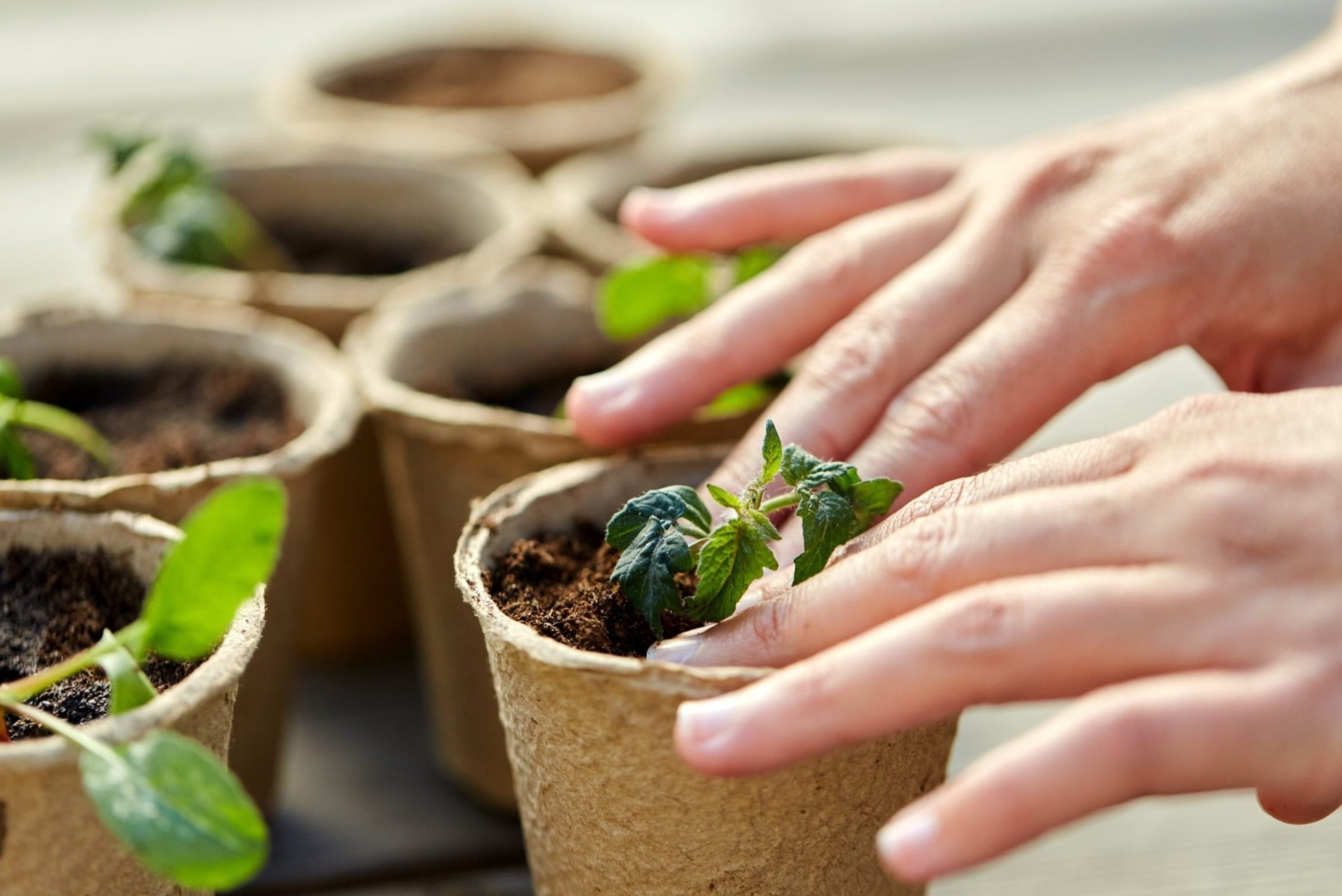
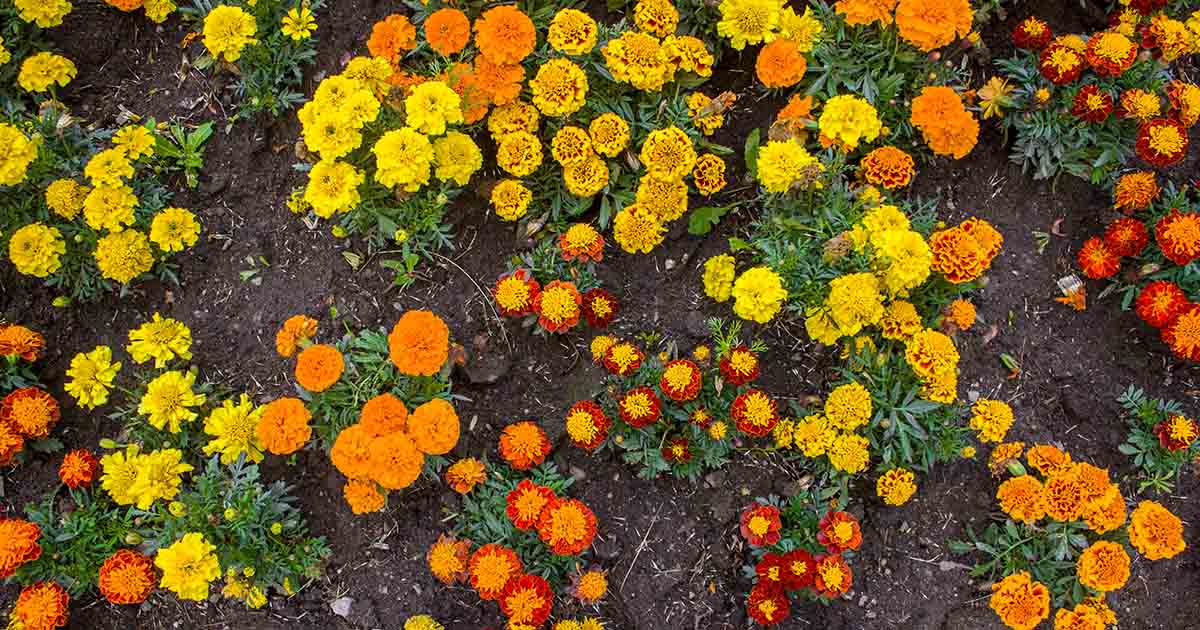
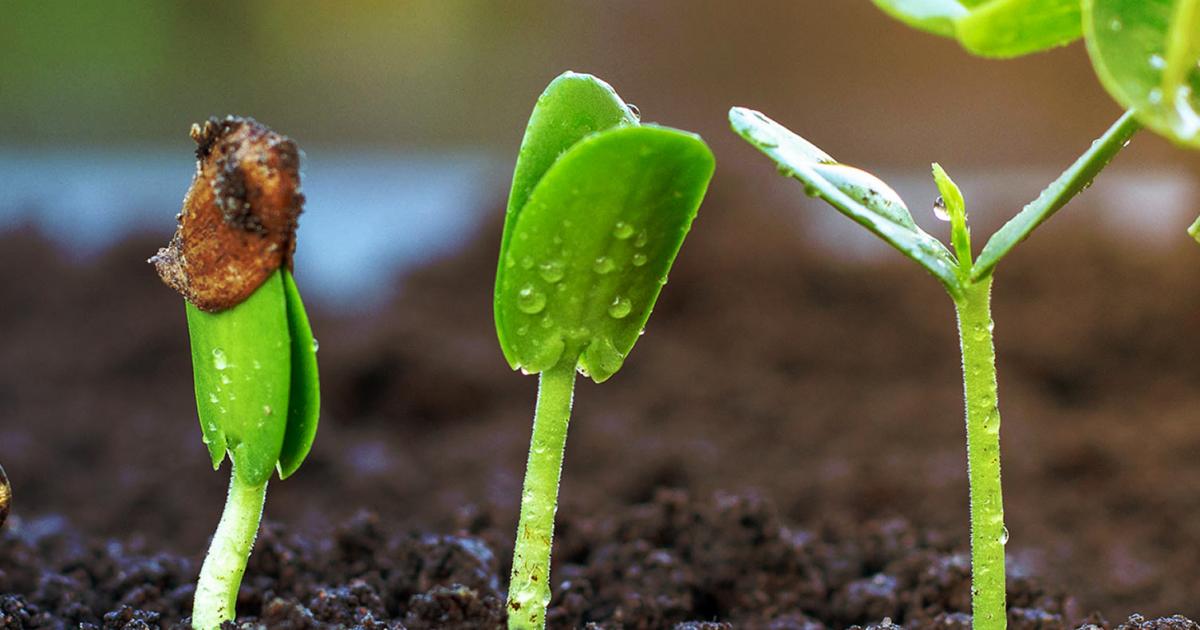
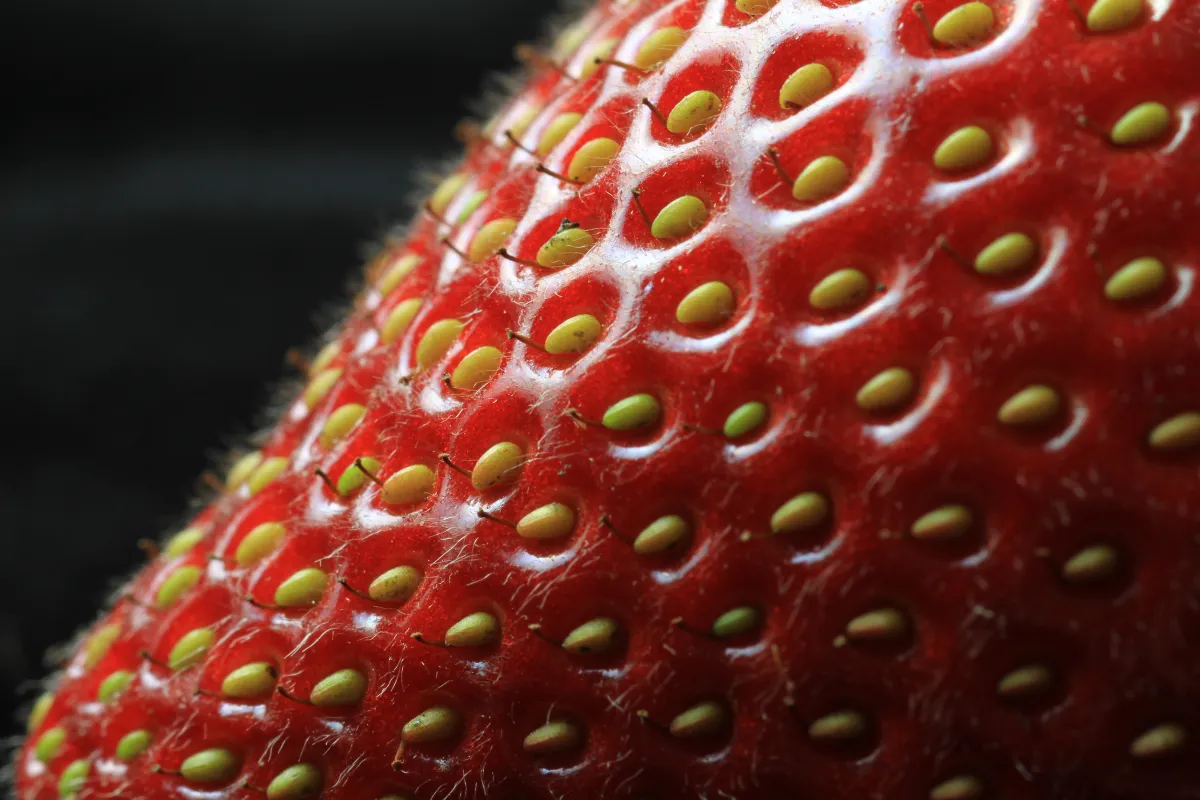
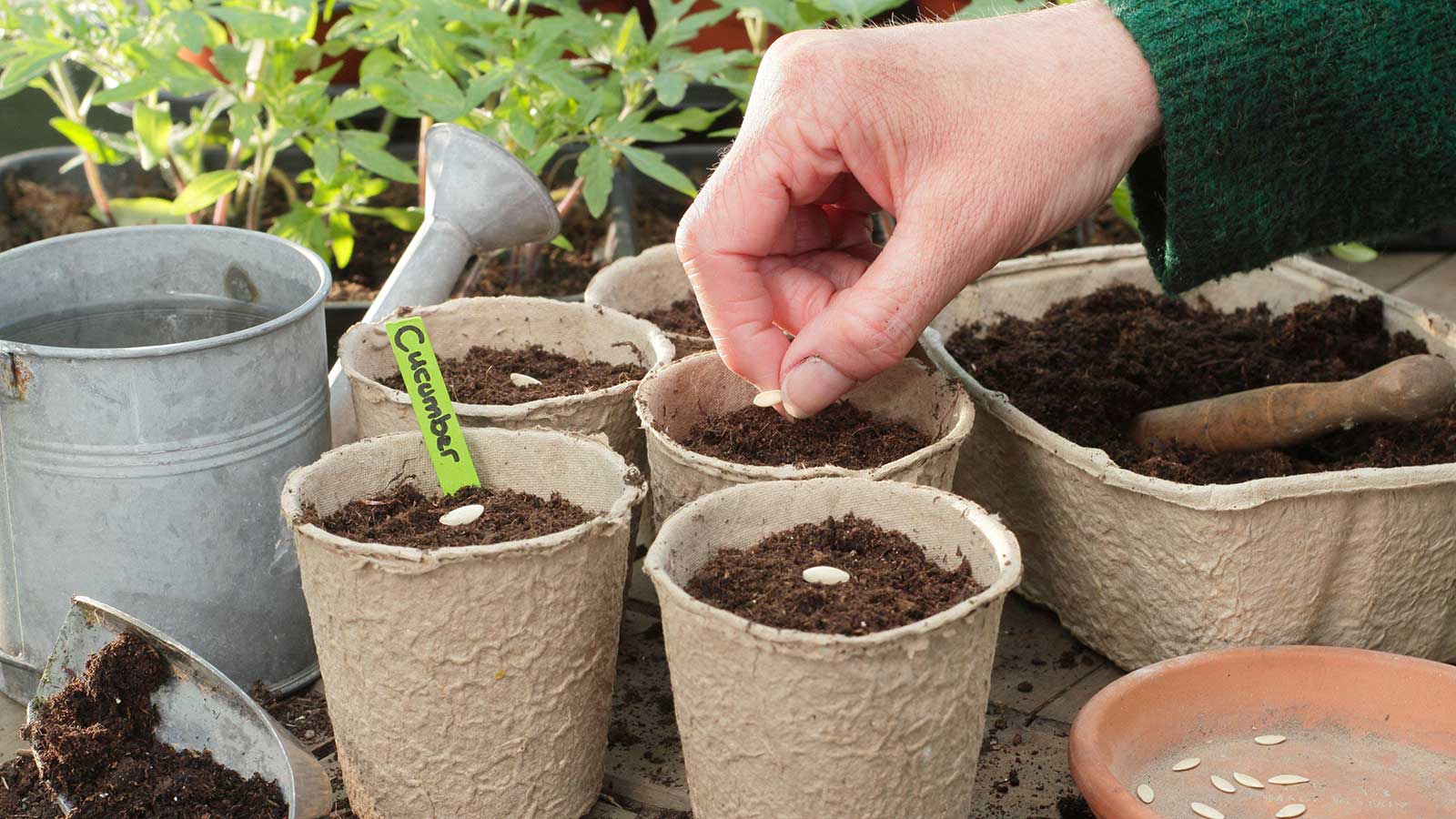
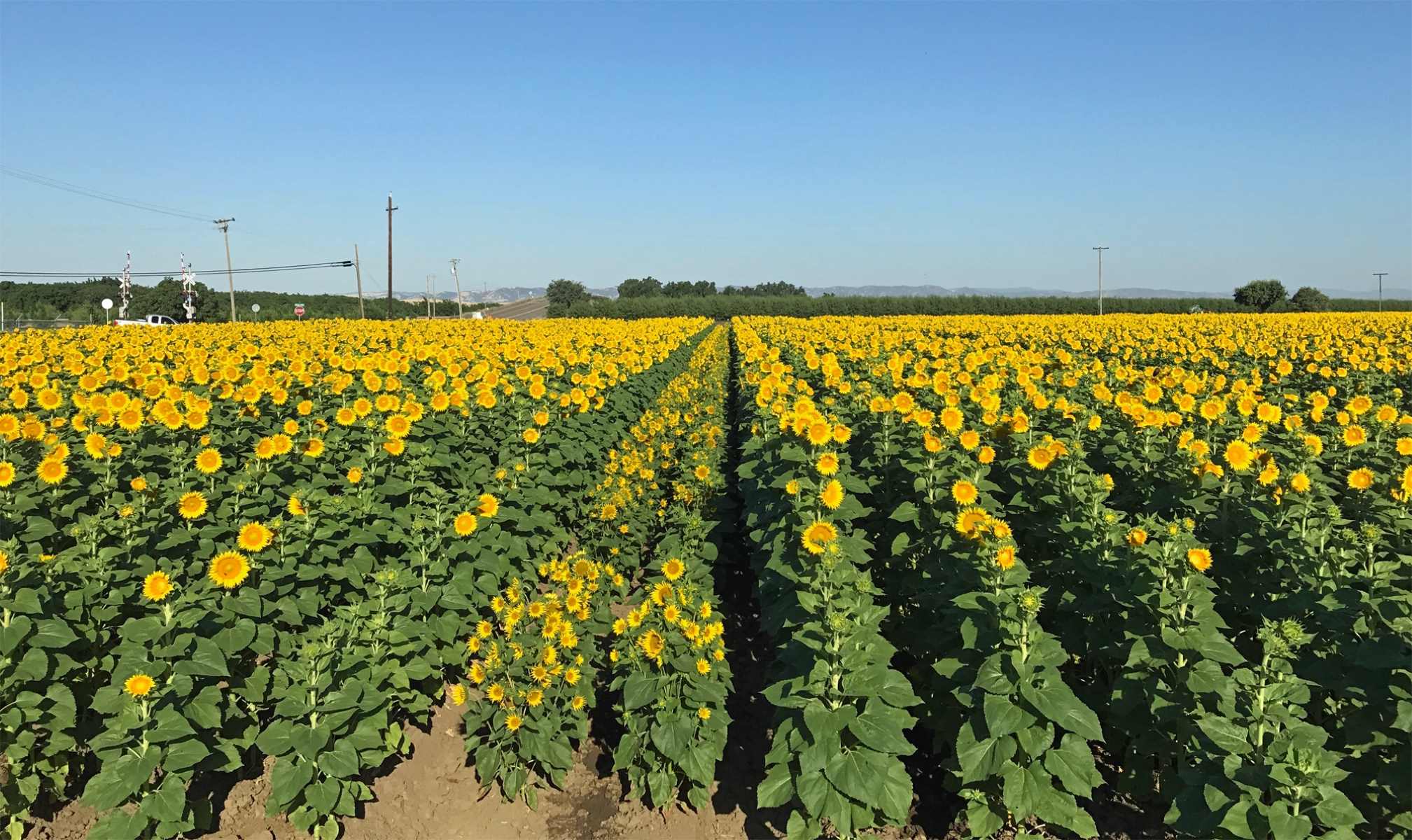
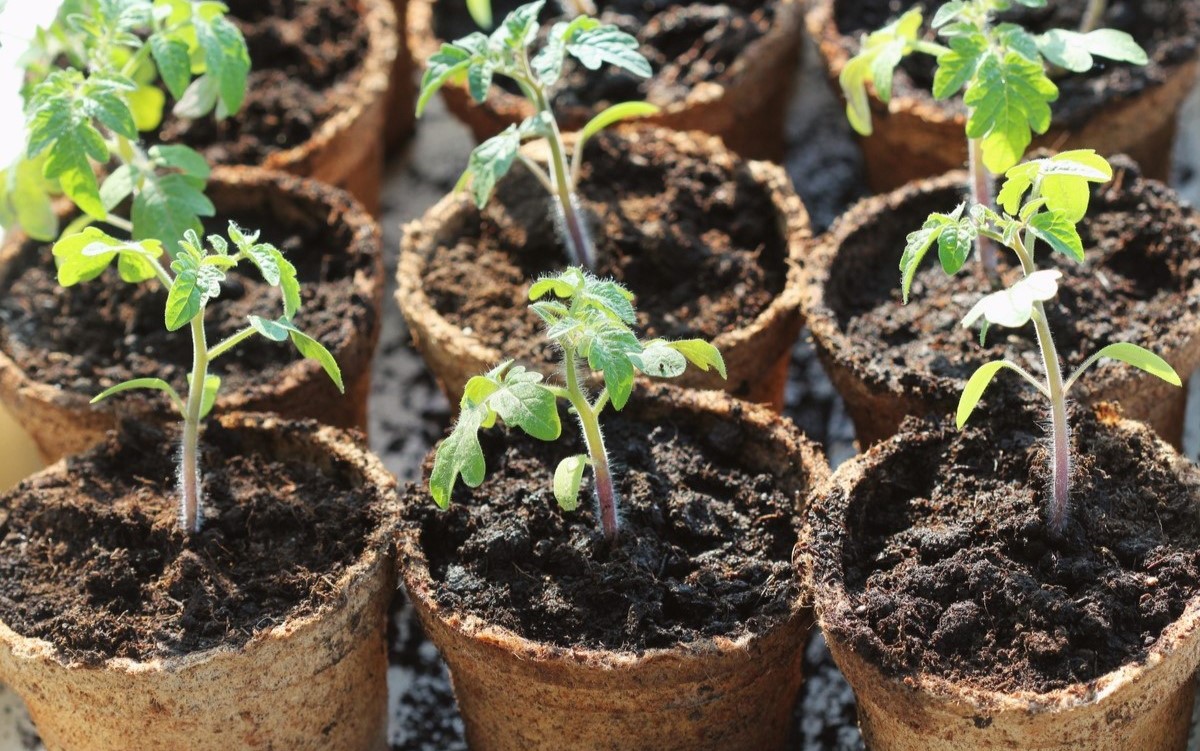
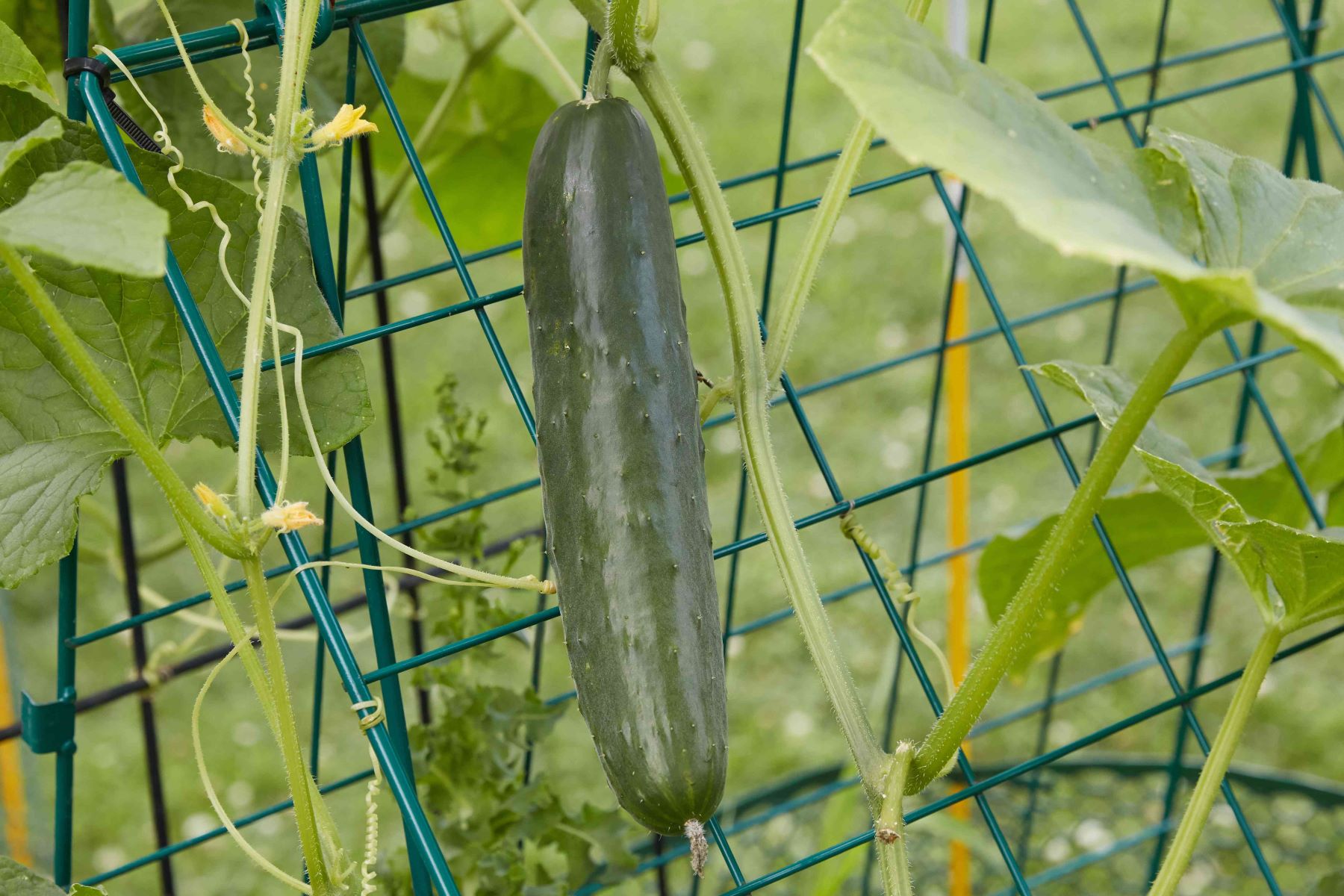
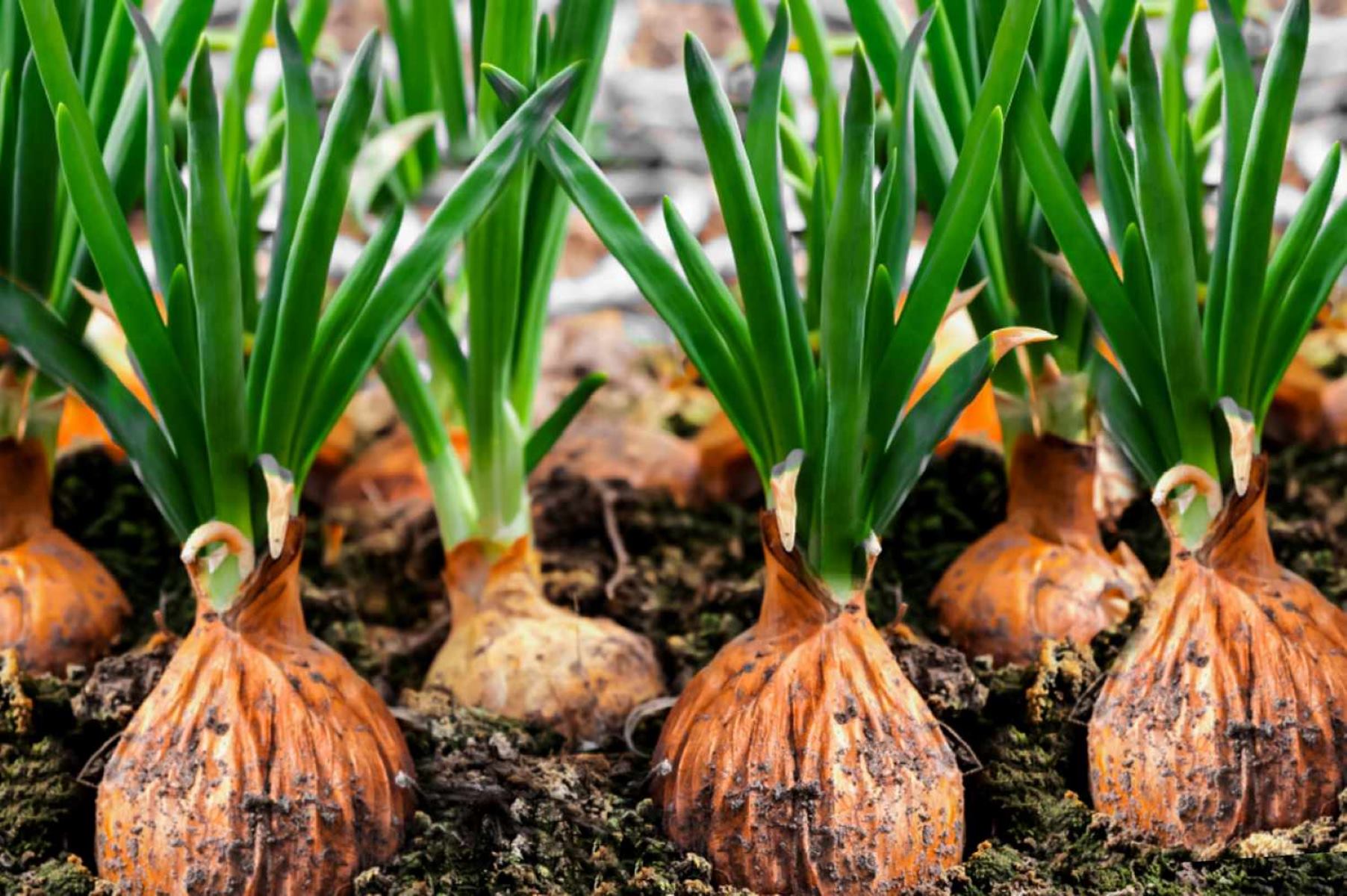
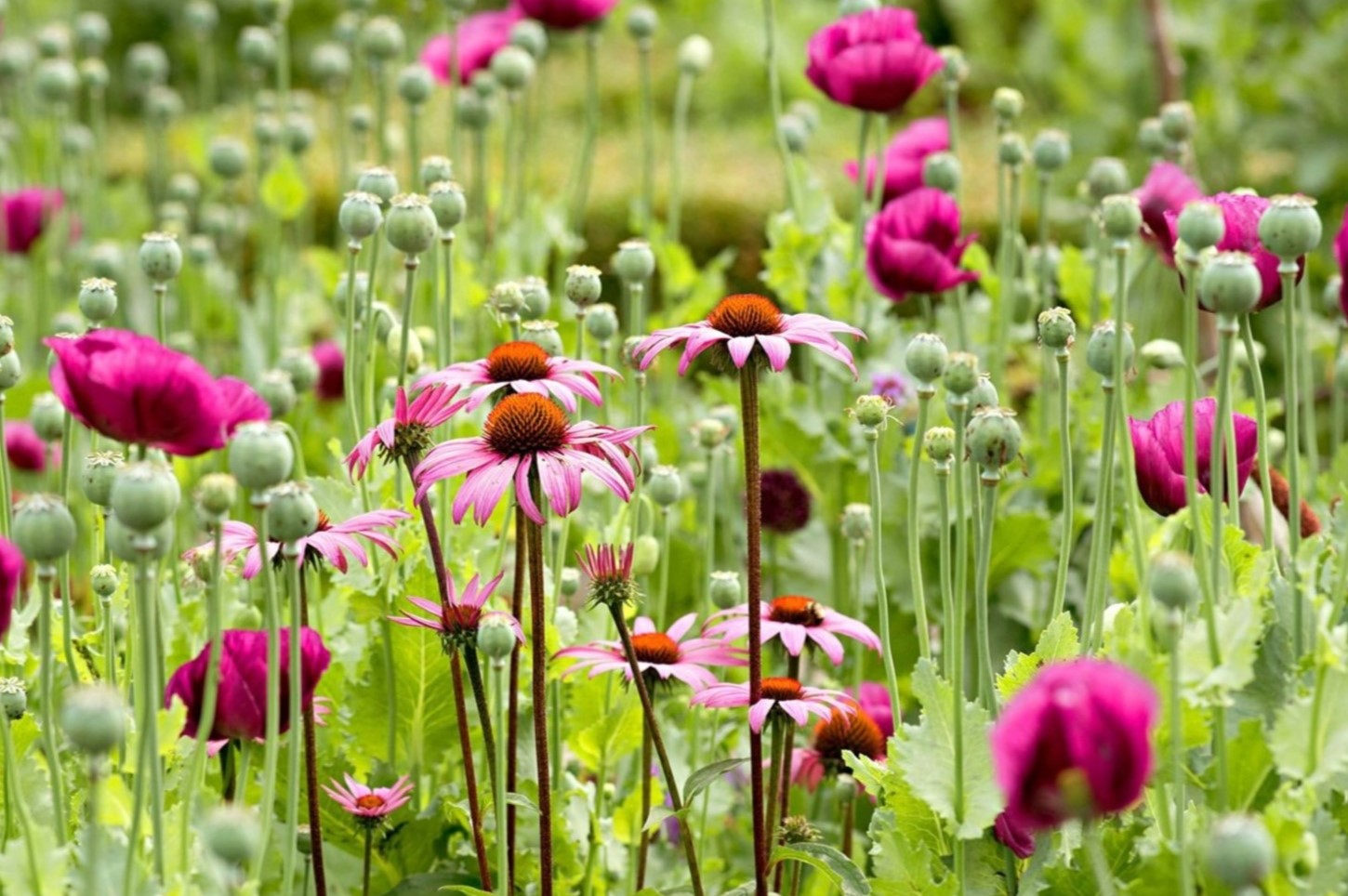
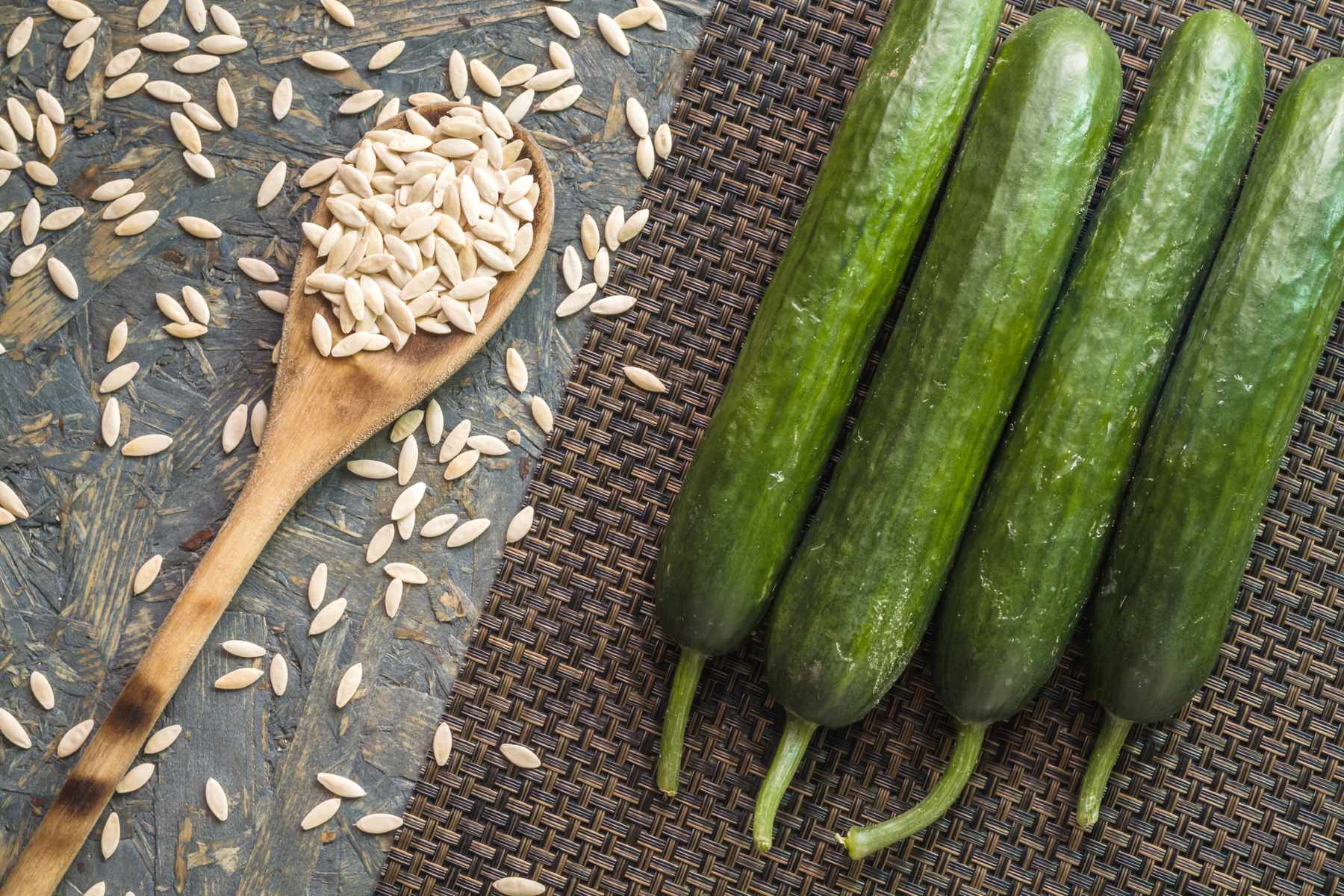
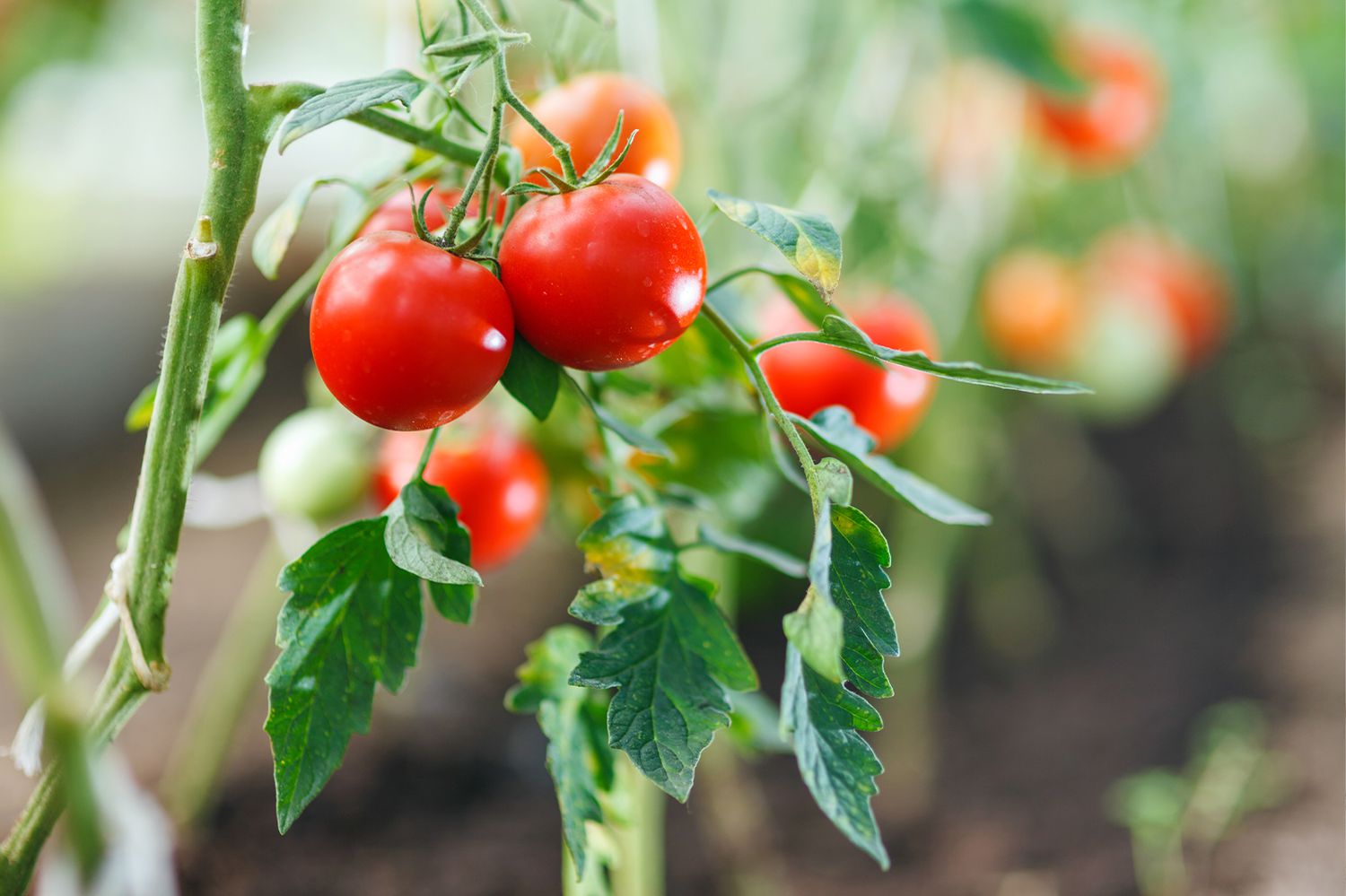
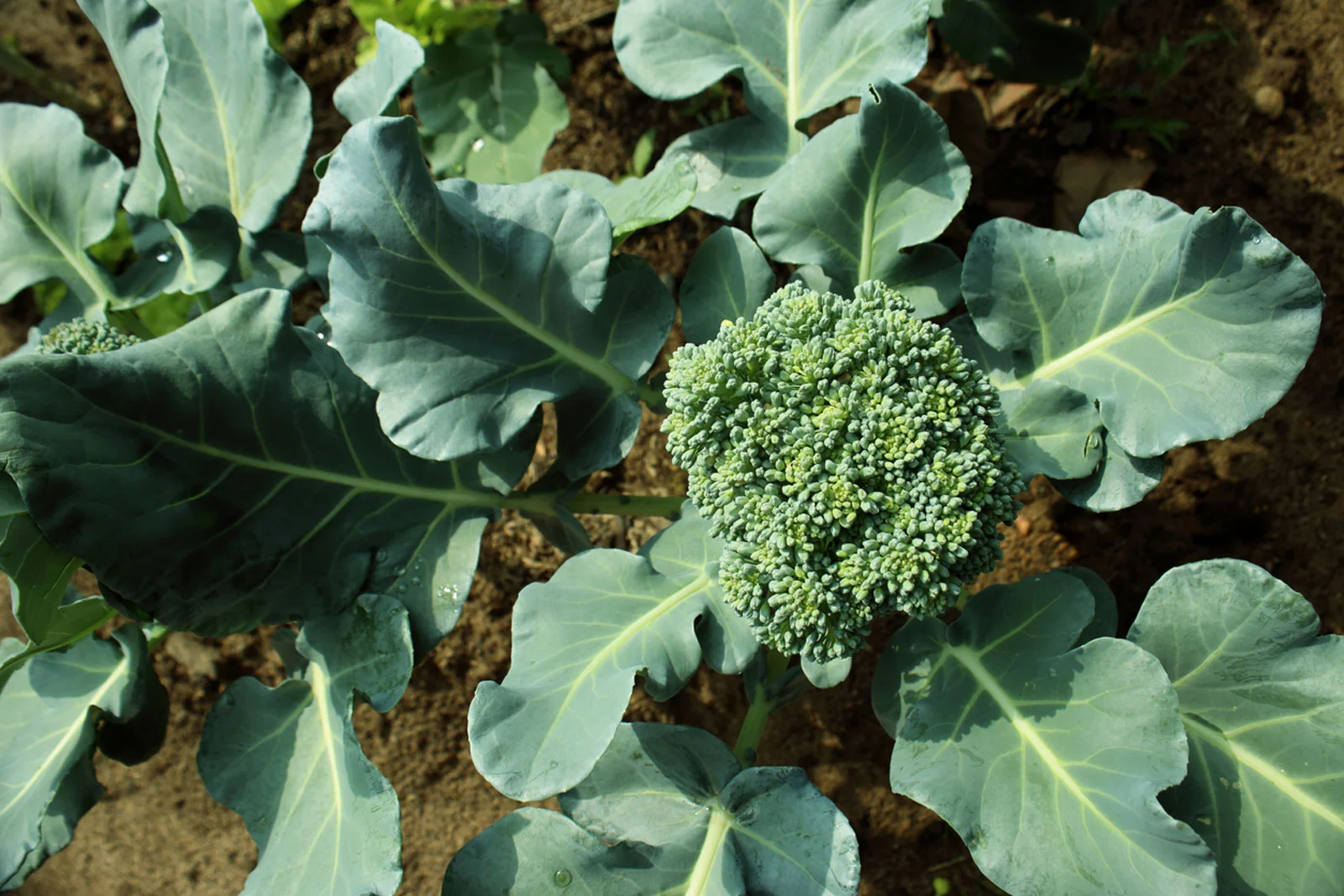
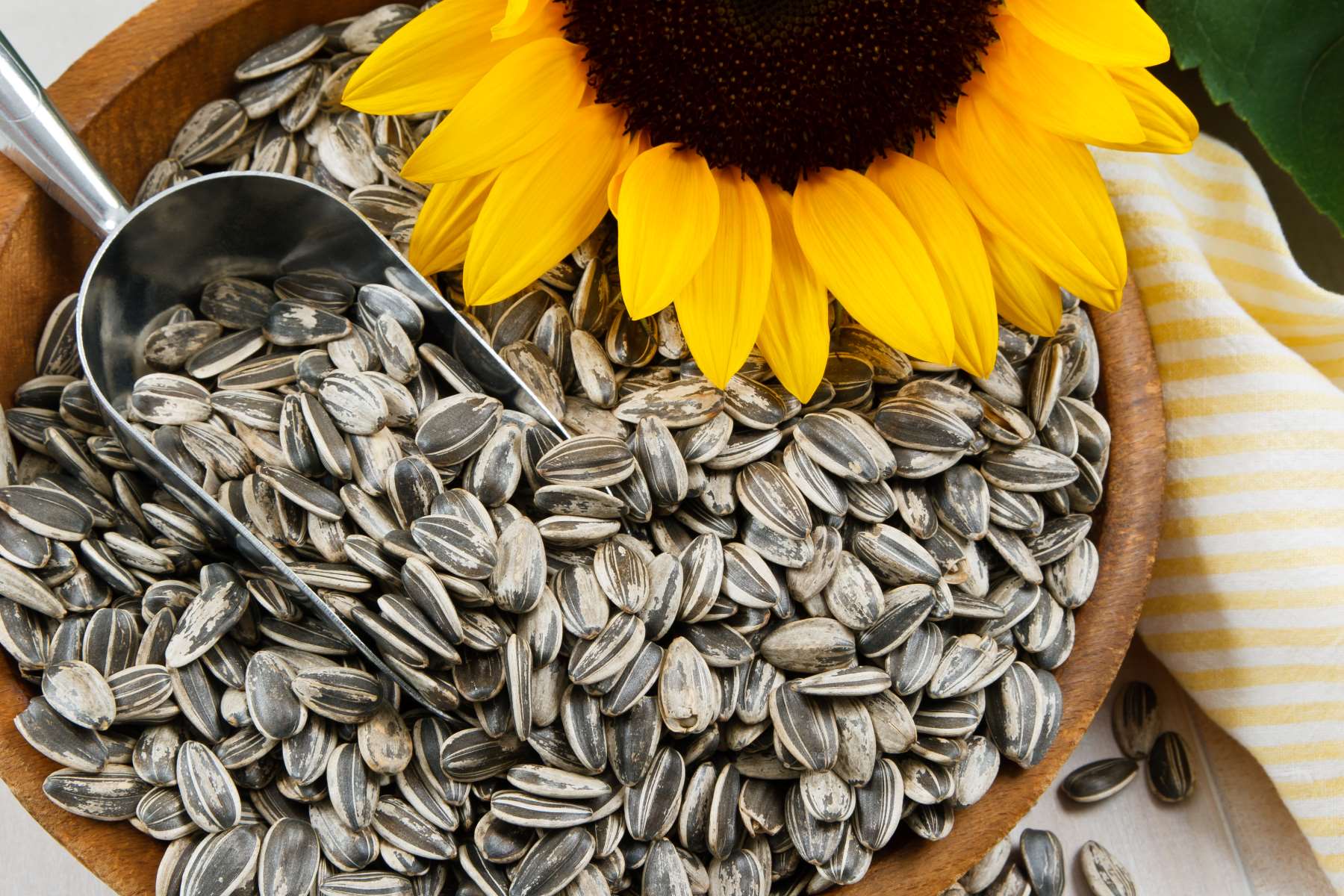

0 thoughts on “When Should You Plant Cucumber Seeds”